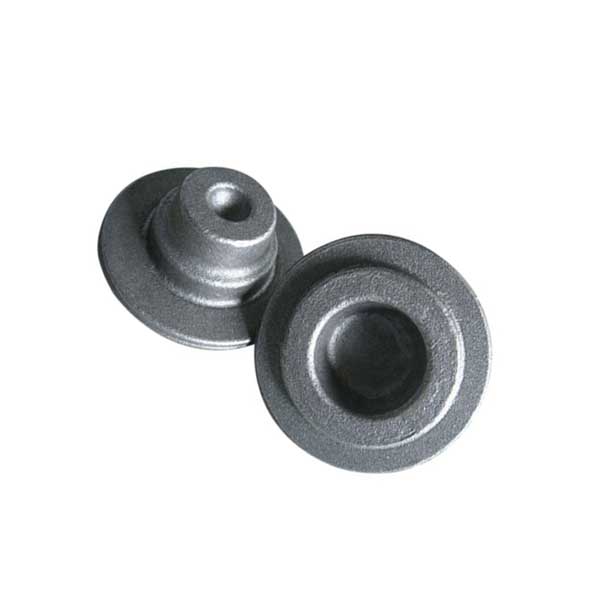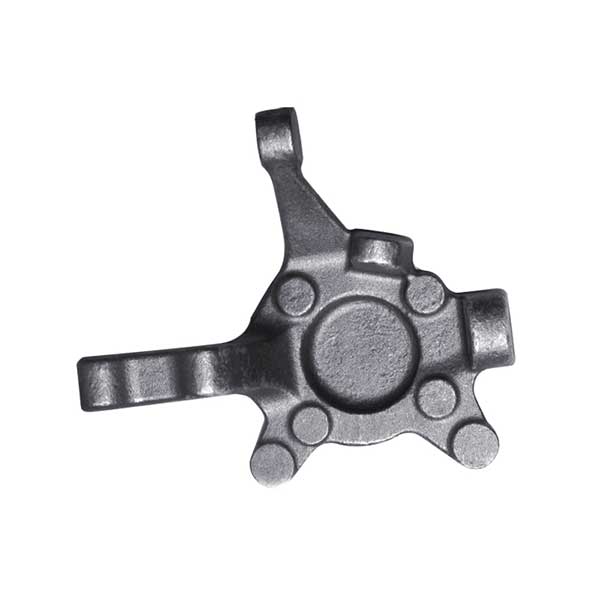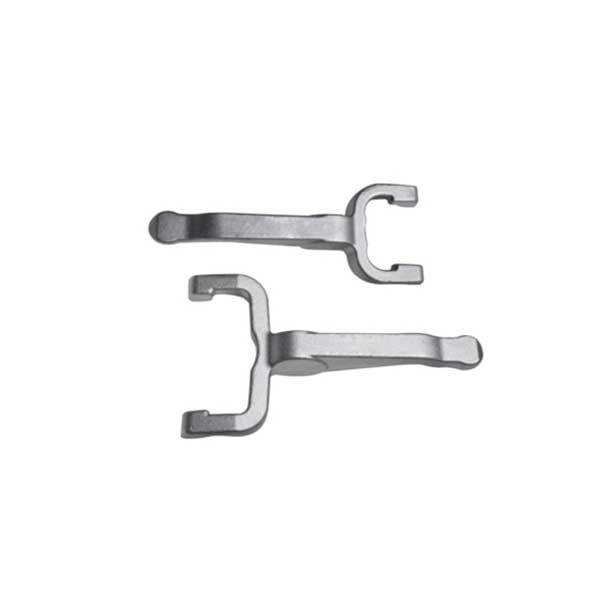Designing a forge involves several key considerations, including the type of fuel you’ll use, the size of the forge, the materials you’ll use for the forge, and the features you’ll need for your particular project.
Forge Design Steps

Determine the type of fuel you’ll use
Forges can be fueled by a variety of sources, including coal, charcoal, propane, and natural gas. The type of fuel you choose will impact the design of your forge, as each fuel source requires different equipment and handling.
Determine the size of your forge
The size of your forge will depend on the size of the items you’ll be forging. If you plan to forge small items, you’ll need a smaller forge, while larger items will require a larger forge.
Choose your materials
The materials you choose for your forge will depend on your budget and the type of fuel you’ll be using. For example, if you’re using coal or charcoal, you’ll need a firepot that can withstand high temperatures. If you’re using propane or natural gas, you’ll need a burner made of materials that won’t corrode.

Decide on the features you’ll need
Depending on your project, you may need additional features on your forge, such as an adjustable air supply to control the temperature or a forge hood to remove smoke and fumes.
Sketch your design
Once you’ve determined the key elements of your forge, sketch out your design. Make sure to include dimensions and materials.

Build your forge
With your design in hand, you can begin building your forge. Make sure to follow safety guidelines and use appropriate protective gear, such as gloves, eye protection, and a respirator if necessary.
Test your forge
Once your forge is built, test it out to make sure it’s working properly. Make adjustments as needed.
Remember, designing and building a forge requires skill and knowledge, so if you’re new to forging, consider working with an experienced blacksmith or taking a class to learn the basics.


